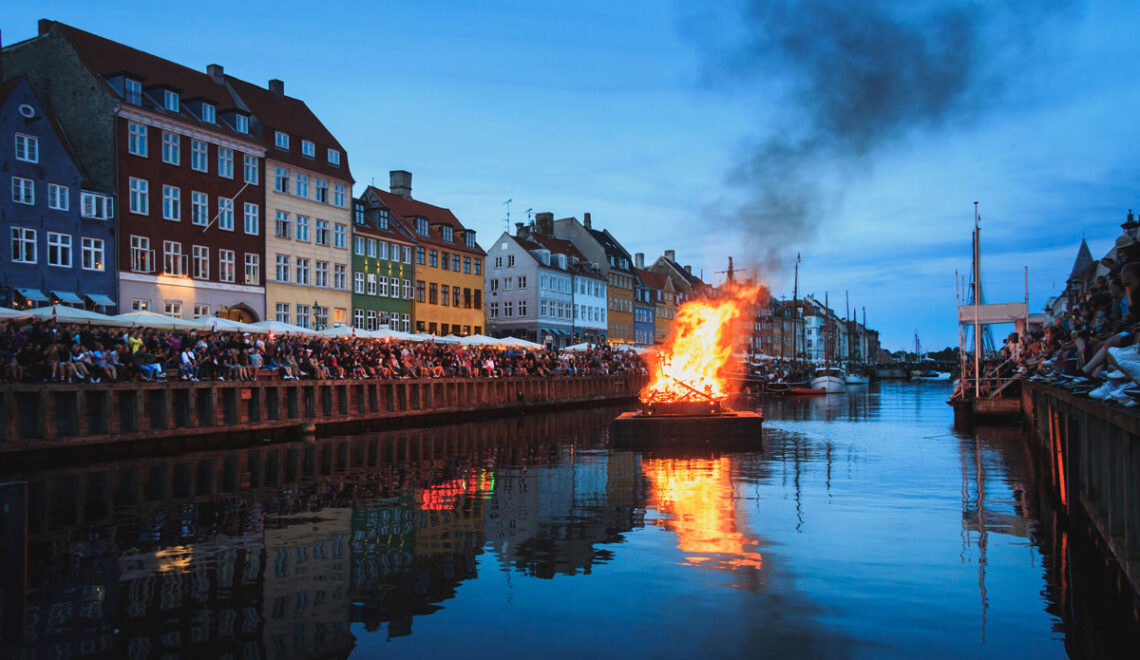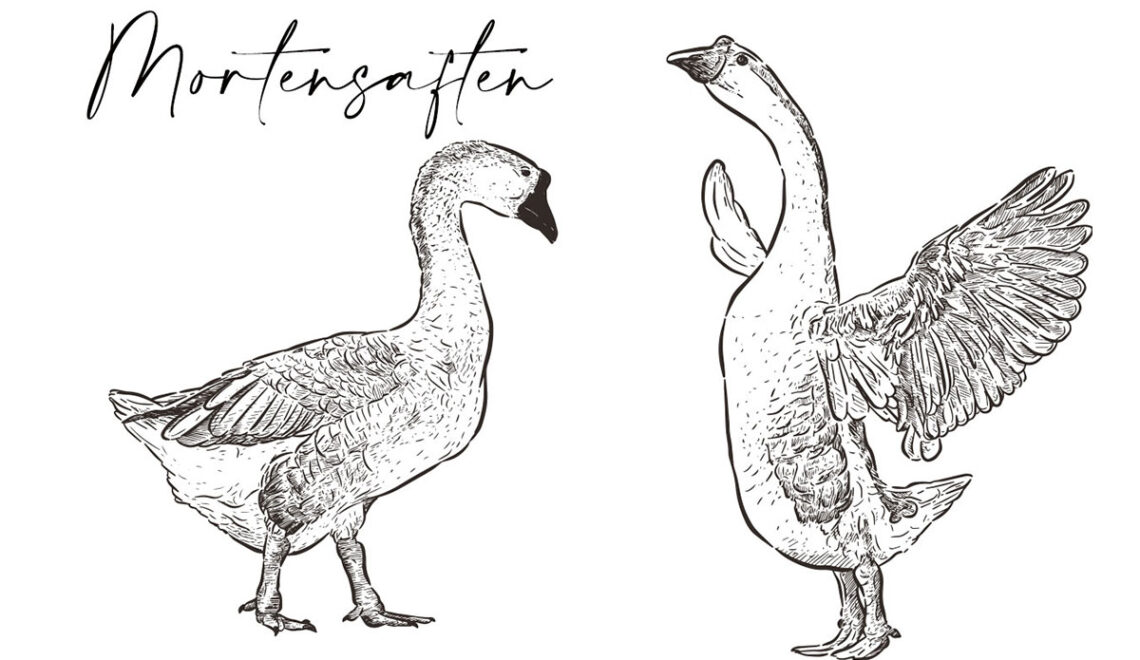Sankt Hans – Danish Summer Solstice
This year the summer solstice, otherwise known as Midsummer’s Eve, is celebrated on Thursday, June 23, 2022. The summer solstice is is the longest day and shortest night of the year, and celebrated with pagan customs, traditions, song, and of course, food & drink! Since the time of the Vikings, Sankt Hans has been a huge celebration to mark midsummer.
On this night, there were magical forces of curating healing herbs and seeking out sacred springs, bonfires to ward off evil witches. The summer solstice was celebrated as a fertility festival with several customs and rituals connected with nature, the wish for good fortune, as well the hope for a fertile harvest in the autumn. The Vikings visited sacred springs to drink the water or bathe in it to heal diseases, and had bonfires as protection to ward against evil spirits and negativity. When Denmark became Christianized in the 10th century, the midsummer solstice also became Sankt Hans Aften a celebration the birthday of Saint John the Baptist (i.e., Sankt Hans).
As a child I remember the bonfires being held at the big park behind my school where there was a straw witch affixed to the top of the bonfire. You really can’t get more pagan than that which was especially weird since I went to a catholic school! As the bonfire was lit, there was something in the witch that let off a scream (could have also been my imagination), and as the fire burned brightly, and the ashes rose to the skies. Apparently the story goes that when the witch has burned she flies to Bloksbjerg, Germany, where a witch-gathering was believed to be held.
Many people gather at the beach, watching the sunset, enjoying food and drink (akvavit of course), and while the warmth of the bonfire keeps everyone cozy, and the fireworks light up the sky, you’ll hear Danes singing the traditional song “Vi Elsker Vort Land” (We love our country) written by Holger Drachman in 1885. This declaration of love to the midsummer season is the patriotic anthem of the holiday – however also most famously also sung is the Shu-bi-dua song “Midsommersangen”.
This holiday is also a good excuse to stay up late, eat, drink, enjoyed the coziness (the hygge) of gathering around a warm fire, dance and have fun with friends and family! As much of a happy holiday this is, it is also a little bittersweet knowing that the days will slowly become shorter, and the summer nights a little longer.
There are many places around Copenhagen where they have large displays and parties. For my family and I, we will enjoy a smaller bonfire in our backyard with our fire pit however will be celebrating with a divine Summer Solstice menu!
One item I am looking forward to making is something called “Snobrød”, otherwise known as twisted bread made by using a simple and easy dough recipe. Then you find a stick in the woods, and twist the dough around a stick, and “bake” it using only the best embers around the bonfire. Seriously, what could be more “hygge” than that! A perfect “Snobrød” is crispy on the outside, and hot, soft and fluffy on the inside.
Cocktails & Beverages
- Midsummer Night’s Dream
- Aqvavit Spritz
- Carlsberg
Appetizers
- Smoked Salmon on Toast Points
- Tuna Mousse with Red Caviar
Main Course
- Meatballs with lingonberry
Cheese Board
- Selection of danish cheese, red peppers, radishes, grapes, viking bread, and WASA crackers.
Dessert
- Strawberry Tarte








